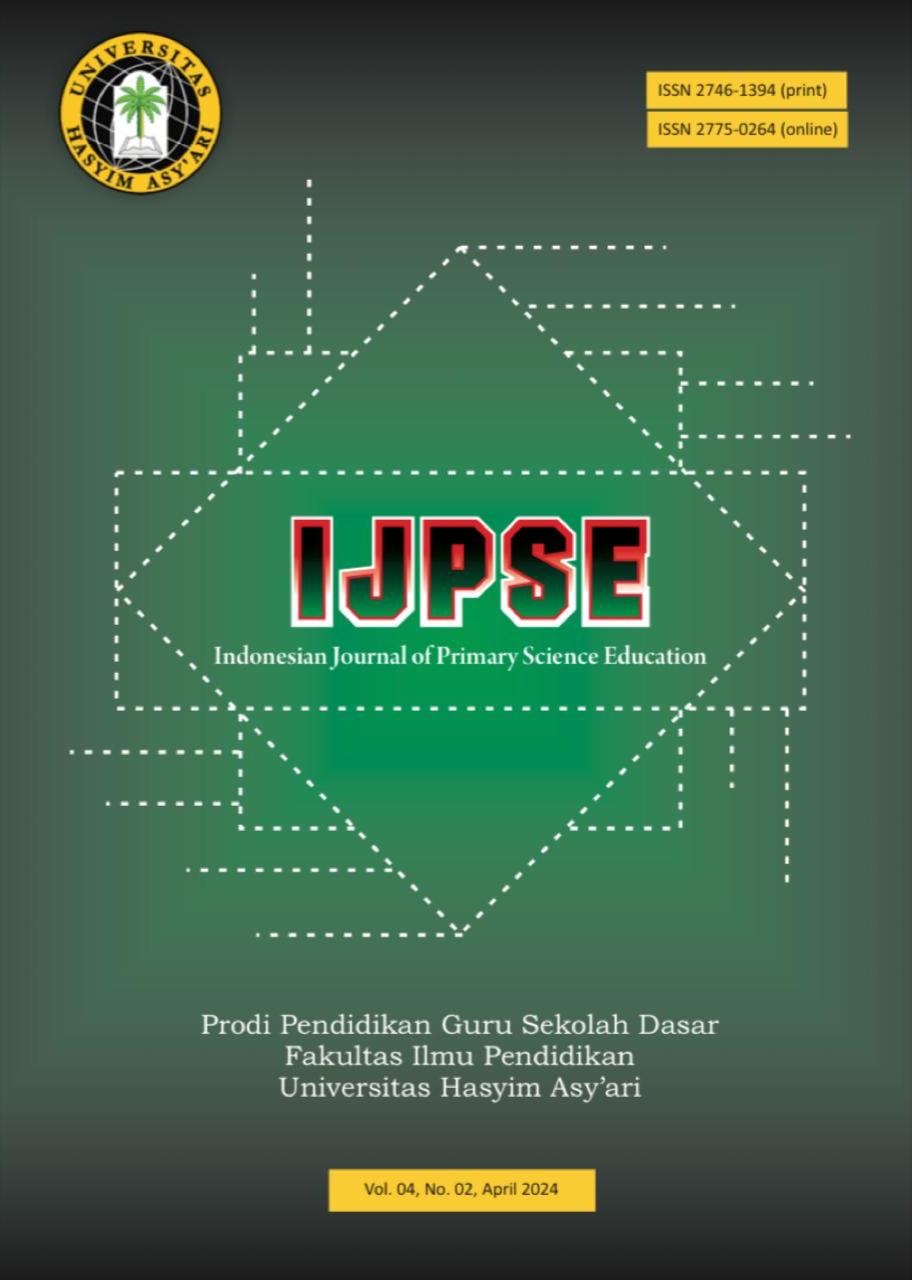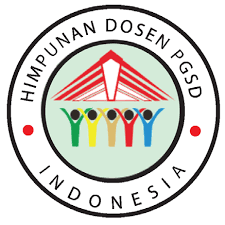The Influence Method The Power Of Two To Learning Outcomes Material IPS Class IV
DOI:
https://doi.org/10.33752/ijpse.v4i2.4215Keywords:
Influence, The Power Of Two, Learning OutcomesAbstract
The Research about the effect of the power of two ter method on learning outcomes of Class IV social studies material. In order to understand the differences in the acquisition of social studies material learning. This is because at school there are many students who do not pay attention to social studies material explained by the teacher, in the process of students going in and out of class without any clear interests, busy playing mobile phones even though they are not allowed to carry cell phones at school, and in learning they do not use suitable methods so that students easily bored and unmotivated. Therefore making the main problem so the teacher must always innovate in presenting the material. Previous research with this research lies in the material. with the type of research implemented by researchers applying quantitative experimental methods. The research design applies the One Group Pre Test Posttest Design. The research subjects were fourth grade students at SDN Kaliwungu II consisting of 23 students. The instrument obtains data using question sheets and questionnaires. Data collection techniques to determine the acquisition of scores before and after using the power of two method using tests, and questionnaires were given to respondents, as well as documentation as support in research. In the learning outcomes before using the perspective cooperative model, the average acquisition was 67.41, many students obtained good grades. The influence of the power of two is quite large, equivalent to 0.000 <0.05, so the H1 hypothesis is not recognized, there is no significant effect on the implementation of the power of two class IV SDN Kaliwingu II.
Downloads
Downloads
Published
How to Cite
Issue
Section
License
Copyright (c) 2024 Dedi Marzuki, Hawwin Fitra Raharja, Evi Rizqi Salamah

This work is licensed under a Creative Commons Attribution-ShareAlike 4.0 International License.










